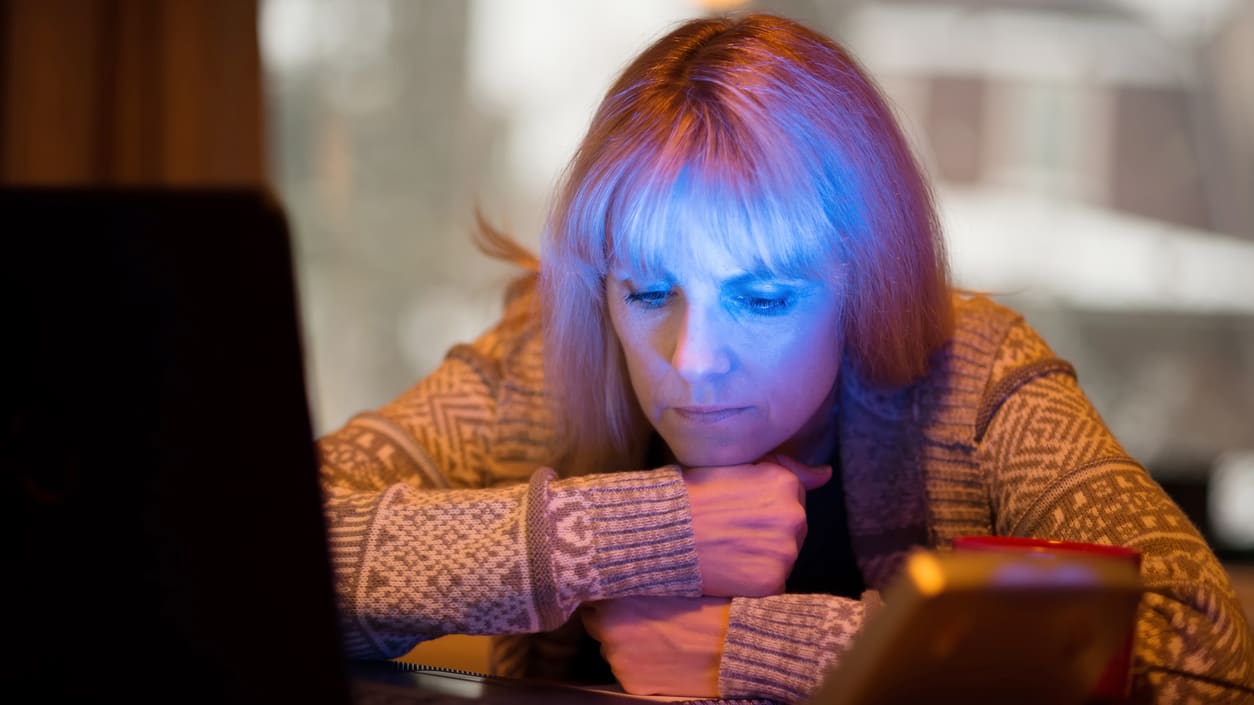Each year, millions of people in the U.S. experience seasonal affective disorder (SAD), also called seasonal depression or the "winter blues."
The disorder is characterized by short periods of sadness or people not feeling like their usual selves, according to the National Institute of Mental Health. People may start to feel "down" when the days get shorter in the fall and winter but then feel better in the spring.
"Seasonal affective disorder is a form of depression tied to a seasonal pattern," said Hanne Hoffmann, assistant professor in the College of Agriculture and Natural Resources at Michigan State University (MSU). "It usually begins in the fall, but some people do experience it in the summer."
Employers have become increasingly cognizant of mental health problems in the workplace, evidenced by more companies offering "mental health days" and enhanced counseling benefits. Hoffman said organizations can support workers with SAD in more nuanced ways.
Who Is Vulnerable to Developing SAD?
Sabine Schmidt, director for psychology education with the University of Minnesota, said the symptoms of SAD often mirror those of major depression. These signs and symptoms can include:
- Feeling "down" most of the day.
- Losing interest in work or activities.
- Feeling hopeless.
- Having trouble concentrating.
- Experiencing decreased energy.
- Oversleeping.
- Craving carbohydrates.
- Experiencing weight gain.
A 2020 article by Forbes indicated that SAD can negatively affect motivation and diminish workplace communication and productivity. Workers with the disorder are also more prone to injuries, accidents and absenteeism, which costs businesses $51 billion annually.
"These symptoms may not be immediately visible [in the workplace] but could go with behaviors such as decreased work productivity, difficulty being on time, slowness, irritability or social withdrawal," Schmidt explained.
Hoffman said women experience SAD four times more frequently than men do. She noted that it is unclear why women are more at risk for seasonal depression than men.
Studies have indicated that as much 20 percent of the population in northern states, including Alaska, experience some degree of seasonal depression in the winter because daylight hours are shorter. In southern states like Florida and Texas, seasonal depression is rare.
Why Workers Need Sunlight
Hoffman, who holds a doctorate in biochemistry and neurobiology, runs a lab at MSU that studies how light regulates our physiology, affects our overall well-being and mood, and induces changes in brain function.
"Sunlight boosts your mood and energy," she said. "What really happens [with SAD] is that our mood follows light quality and light intensity."
Many employees who work in an office arrive to work when it is still dark outside. When they leave the office, dusk approaches. Hoffman said this lack of sunlight can increase their risk of developing seasonal depression.
She also noted that natural light promotes an increased sense of well-being. In the fall, many workers do not get enough natural light to maintain the brain signals for feeling happy, so they start to feel sad.
"It's important that the workers see bright light in the morning," she explained.
Tips for Employers to Prevent Seasonal Depression
Most workplaces have indoor lighting that is relatively dim. Hoffman suggested that employers improve their indoor lighting, especially in the late fall, to prevent or reduce the effects of seasonal depression among their employees.
She recommended that employees dealing with SAD purchase a light therapy lamp, which emits a brighter light than traditional bulbs, to keep at their desk. She also implored companies to consider allowing more flexible work hours during the winter months.
"The workplace can allow people to start a little later so they see the morning light," Hoffman said. "Giving them the flexibility to see this morning light will help them prevent seasonal depression."
Schmidt said companies should educate themselves as well as their employees about the winter blues.
"For instance, many people wrongly believe that SAD is a minor form of depression or caused by a bad attitude," Schmidt said. "However, people don't cause SAD and cannot simply shake it off."
She also recommended that companies:
- Distribute SAD-related information based on scientific evidence.
- Advise employees who are open about their symptoms to consult a mental health professional.
- Encourage the use of paid time off to treat SAD or to engage in physical activity, because inactivity can exacerbate symptoms.
Schmidt implored workers to address any signs of winter blues before they become full-blown SAD or major depressive disorder. Once SAD reaches the levels of major depressive disorder, it can cause serious mood changes that affect thoughts and actions.
"It can be quite debilitating and lead to other serious problems such inability to work, substance abuse, physical health deterioration and even suicide," she said. "Those with known SAD should consult a mental health professional about when to start treatment to help minimize symptoms."
An organization run by AI is not a futuristic concept. Such technology is already a part of many workplaces and will continue to shape the labor market and HR. Here's how employers and employees can successfully manage generative AI and other AI-powered systems.




